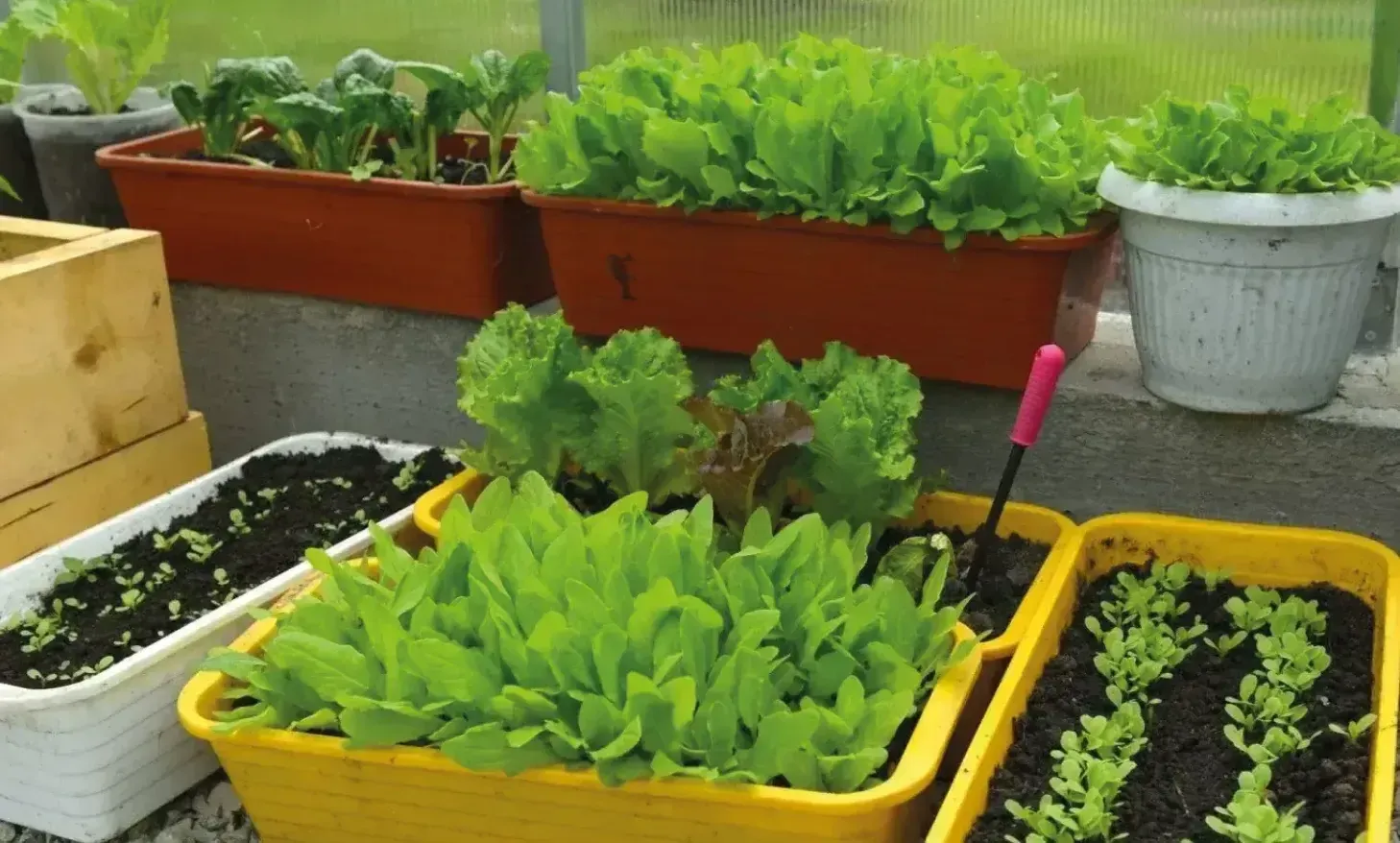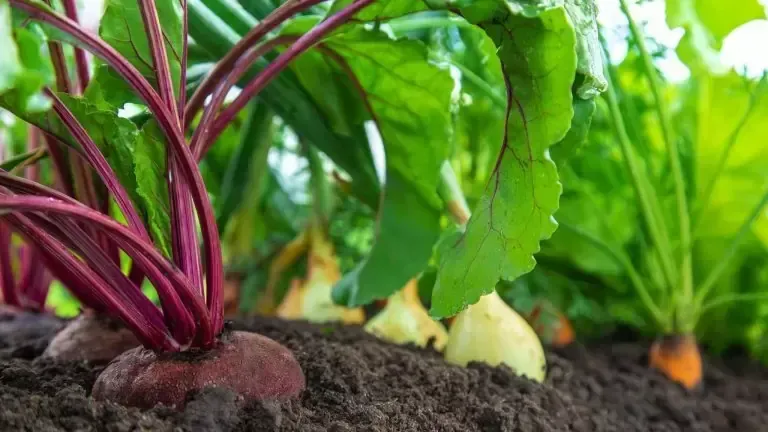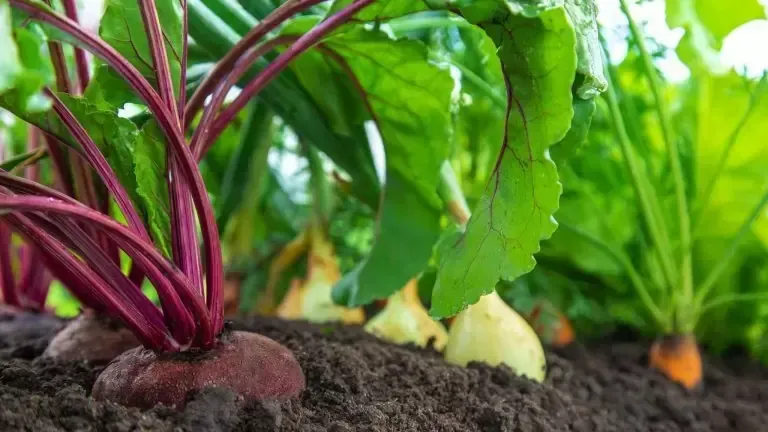How Not to start your Urban Garden
Are you excited to harvest your own fresh vegetables but not sure where to start?

While gardening can be a rewarding hobby, it can also be challenging, especially if you are new to it. Many novice – and experienced – gardeners make mistakes when starting or working on their urban gardens. Let’s see six mistakes you do NOT want to make when starting your urban garden.
From planning your garden to watering, there is a chance to fail while starting with your garden. But don’t worry… we have got you covered! Keep reading to learn how to get the most out of your urban garden and enjoy a bountiful harvest.
1. Not Planning Well Before Start
One of the biggest mistakes you can make is not planning your garden before starting. This includes budgeting, location, and following a vegetable calendar to sow and plant at the appropriate times. Before you start digging, take some time to plan out your garden to ensure that you’re getting the most out of your space.
2. Not Considering The Space And Location
This is another huge mistake and is one of the causes of failure in the attempt to have a productive garden. Urban gardens often have limited space, so try to make the most of what you have.
Whether working with a balcony, a small backyard, or a rooftop, choose plants that will thrive in your space and location. Keep in mind the orientation of your garden and the amount of sunlight available when choosing your plants.
Some Tips Are:
Take advantage of as much vertical space as you can. Hang planters on the balcony, on the wall of your vegetable garden, use growing tables or pots of various heights… be creative! Anything goes to maximize space.
Use square or rectangular pots. This may sound silly, but you will save a lot of space by being able to fit them next to each other.
Regarding orientation, south orientation receives the most hours of daylight (in the northern hemisphere). Whenever possible, try to place your garden in this orientation.
3. Not Choosing The Right Plants
Combine plants, optimize space!
It’s essential that you are realistic about the type and number of plants that will fit in your urban garden!
Pick varieties that will fit in the space available and consider the planting frames for each plant.
Growing climbing tomatoes and pumpkins is not the same as growing lettuce or onions. You could have enough room to cultivate three tomato plants, but it could mean a lot of tomatoes and nothing else…
Try this instead: grow two tomato plants together with some onions and carrots. The growth of the plants and their roots will occupy different spaces. And also, their needs are similar, so these vegetables will have adequate space and conditions to flourish together.
Such is known as companion planting, and it is ideal for increasing the output of a small garden.
Keep in mind the daylight hours! – Which plants don’t need that much light?
Vegetables will grow better and be more productive with more than 8 hours of sunlight but getting that amount of direct sunlight in urban areas is difficult. However, some plants and veggies can stand shade, and some will thrive in this condition! Sometimes it is just a matter of a little bit of experimenting, trial, and error.
Some of these forgiving vegetables that grow well without plenty of hours of direct sunlight are...

Leafy greens like kale or spinach

Root veggies like carrots, beetroot or radish

Beetroots, onions and carrots ready to harvest.
These are some of the plants that can grow well in partial shade according to BBC Gardeners’ World Magazine’s blog article “10 best vegetable crops for shade.”
Also, there are certain plants that you can grow in the shadiest corners of your garden, like mint, dill, or parsley. They will still need some sun but can grow in low-light conditions. By doing this, you will be maximizing your urban garden’s available area to the most extent.
4. Not Choosing A High Quality Substrate
Picking the best substrate is essential as the quality of the substrate may make or break your crop. But which kind of substrate should I pick?
The substrate should be well-aerated, well-drained, and rich in nutrients. Mixed peat substrates are preferable, as they will help to maintain good physical and chemical properties and be resilient to withstand successive harvests. Looking at our substrates, Janeco-Light-Mix (lightly fertilized) or Kilomix (heavily fertilized) will perform wonderfully for that purpose. Also, using slow-release organic fertilizers like Upgrade or Worm Delight is a great way to go. These organic fertilizers are improvers of the soil as they nourish the microorganisms as well as the plants, providing a healthy and vigorous root environment.
5. Not watering correctly
Proper watering is essential to the health of your plants!
Here are some tips:
Watering in bright sunshine can lead to evaporation and water loss. Watering in the evening can cause soil to get saturated for an extended time, attracting pests such as moulds, snails, and slugs. Instead, try watering your plants’ first thing in the morning.
6. Working Harder Instead Of Smarter
Finally, it’s important to work smart, not hard. Some tips are:
- Take advantage of the vertical space by employing trellises, plant supports, or even vertical planters!
- Growing green onions in a creative way to make use of vertical space by reusing water bottles.
- Plant companion plants or associated crops. They are great not only for increasing crop output and variety but also for pest management and improving soil health.
- Avoid overpopulation, but keep in mind that you can experiment with planting distances. A plant that requires 50 cm will not suffer too much if you give it 45 cm instead of 50 cm, but those 5 centimeters are crucial for you!
- And last but not least, don’t throw away all your hard work because of unwelcome guests in your garden – keep an eye on your plants for signs of pests, birds, or other animals taking profit of the fruits before you can do it!
Conclusion
If you overcome these common mistakes, you will be on your way to a fruitful urban garden. Draw a good plan, pick the proper plants and substrate, and remember: work smarter, not harder!
It’s time to get your hands dirty in your urban garden. We hope you find this information useful, and surely with the right tools and knowledge, you’ll be pleased with a thriving garden in no time. Happy Gardening!

